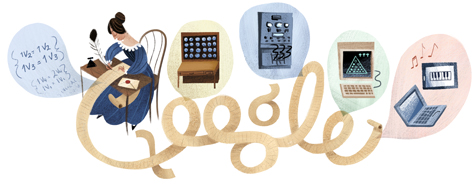On a re-run of an episode, they had a great physics joke about one of the simple machines. The set up for this punchline is that Sheldon's (green shirt) friend who is a girl wants him to meet her mother. Leonard (red shirt with purple hoodie and brown coat) has explained that there is no way to avoid the girl changing from a friend who is a girl to a girlfriend. Sheldon doesn't understand so Leonard puts it into physics terms:
It got me thinking about the basic machines that have been studied in classical history. From Wikipedia, there are 6 simple machines listed:
- Lever
- Wheel and axle
- Pulley
- Inclined plane
- Wedge
- Screw
When I look at the six simple machines listed, I think that the list can be condensed to three. The pulley is really a wheel and axle with a groove to provide a channel for a rope or belt. The lever is an inclined plane placed on a fulcrum (which in a simple model is a wedge). And, as seen described in the video clip above, a screw is an incline plane wrapped helically around an axis. The pulley, lever, and screw are all combinations of simple machines, this making them more complex. (We have not included a bicycle or automobile in the list because they are complex combinations, although they are the first of their respective kinds of transportation. Even as my mind wandered to the idea of the airplane and the wing, the wing is merely a modified wedge.) Thus, in my humble opinion, there are three simple machines: inclined plane, wedge, and wheel and axle.
But, in the modern age, I think that the list of simple machines (3 or 6) is incomplete. When we examine what I am using to write this blog post, we come to the computer. As a coincidence of today, as we consider what components the computer can be simplified to, I would be remiss if I did not acknowledge today's Google Doodle:
 |
| http://www.google.com/doodles/ada-lovelaces-197th-birthday |
But even the microprocessor had predecessors: the microchip, the transistor, and the vacuum tube. Do any of these make the list? I would argue that they should not because each can be simplified down even more to the most base components. I would contend that the addition to the list of simple machines should be the circuit.
If you clicked on the link above for circuit, you would see that there are many machinations of the circuit and there certainly is an advantage when they are put to work (may not specifically be a mechanical advantage, but I do not think it would be a hard argument to make to fit the above definition).
So here we are, a historical list of 6 machines that can be argued into 4. Just as in the case of Pluto, what used to be historically accepted as fact should be modified in the modern age.
Do you agree?
No comments:
Post a Comment